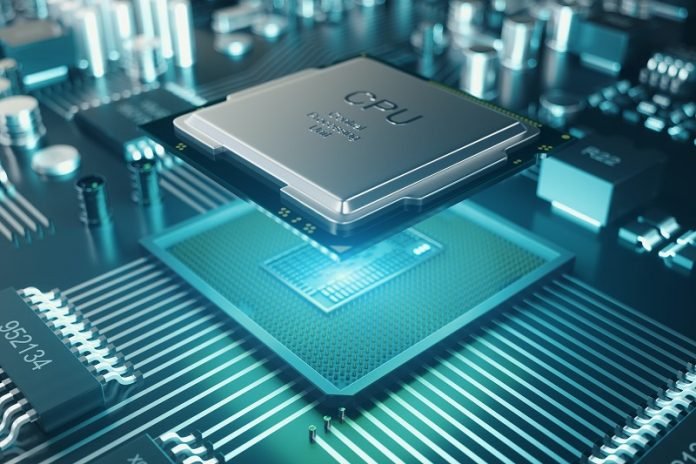
We all want our gadgets—like phones and computers—to be faster, smaller, and use less energy. Usually, these gadgets are powered by tiny “chips” made from a material called silicon.
But silicon has limits, and to make better gadgets, scientists have been searching for something new.
Silicon is the stuff most chips are made of today.
But you can’t make silicon too thin or too small because it’s a 3D material. This makes it hard to improve our gadgets much further.
Instead of sticking to 3D silicon, scientists are now looking at 2D materials. These materials are so thin they’re almost flat!
Using 2D materials can make chips smaller and more efficient. This means your phone could run faster and need less charging.
But until now, making 2D materials that are good enough for chips has been tough. Some materials melted the silicon chip underneath because they needed very high temperatures to stick.
Others just didn’t work very well in a chip. And some couldn’t be made big enough for lots of chips at once, which would make them too expensive.
Researchers at the University of Pennsylvania have now figured out how to make a fantastic 2D material.
They used something called “indium selenide” or InSe. The best part? This new material can be made at low temperatures, which means it can work well with existing silicon chips.
Deep Jariwala and Seunguk Song, the lead researchers, have published their findings and are very excited about the results.
The team used a special method to make InSe stick to silicon. This method is called “vertical metal-organic chemical vapor deposition,” or MOCVD for short.
They figured out that instead of mixing indium and selenium together all at once, they needed to do it in steps. This way, they got the perfect mix of the two elements.
Song says, “By doing it in steps, we can make sure we have an even 50:50 mix of indium and selenium. That’s important to make the material work well.”
What’s so great about this?
Better Efficiency: The new 2D material is very pure and works well. It lets electricity flow smoothly, so the chip can work better and use less energy.
Scalability: It can be made big enough for a lot of chips, which means it won’t be too expensive to use in gadgets.
Compatibility: It can work well with current silicon chips, so we don’t have to start from scratch.
Jariwala says, “We hit the jackpot. We made a material that’s pure, works well, and can be made in large pieces. That’s a big win for everyone.”
So, get ready for future gadgets to be faster, smaller, and run longer between charges. It’s an exciting time to be a tech fan!
Follow us on Twitter for more articles about this topic.
Source: University of Pennsylvania.



